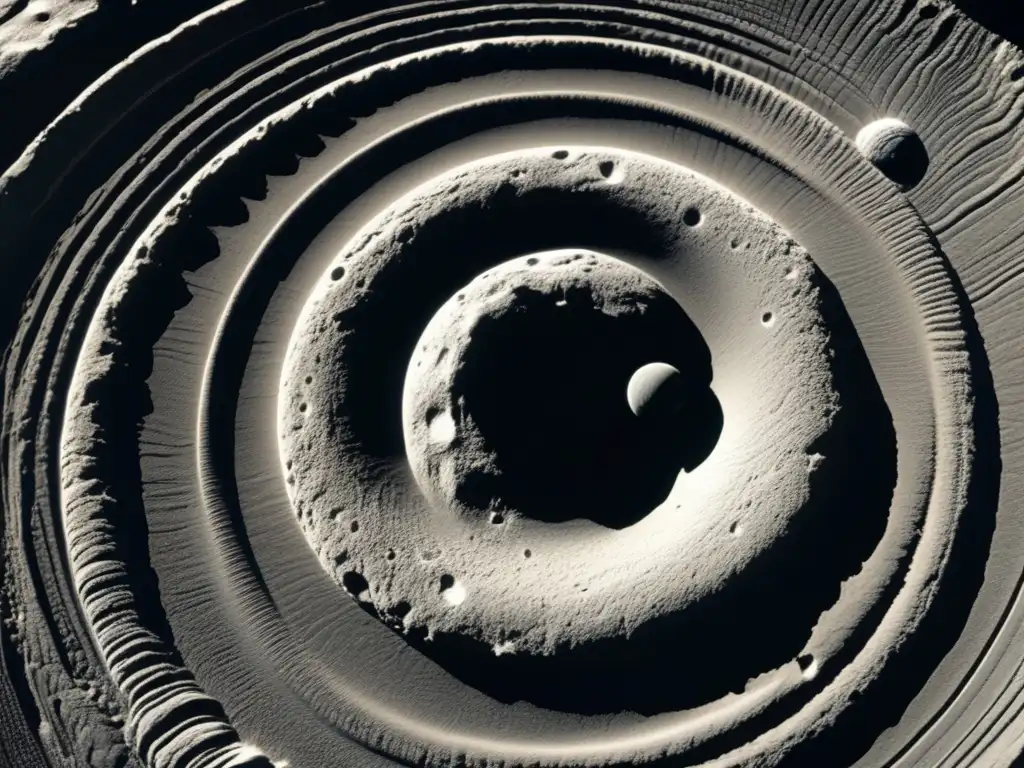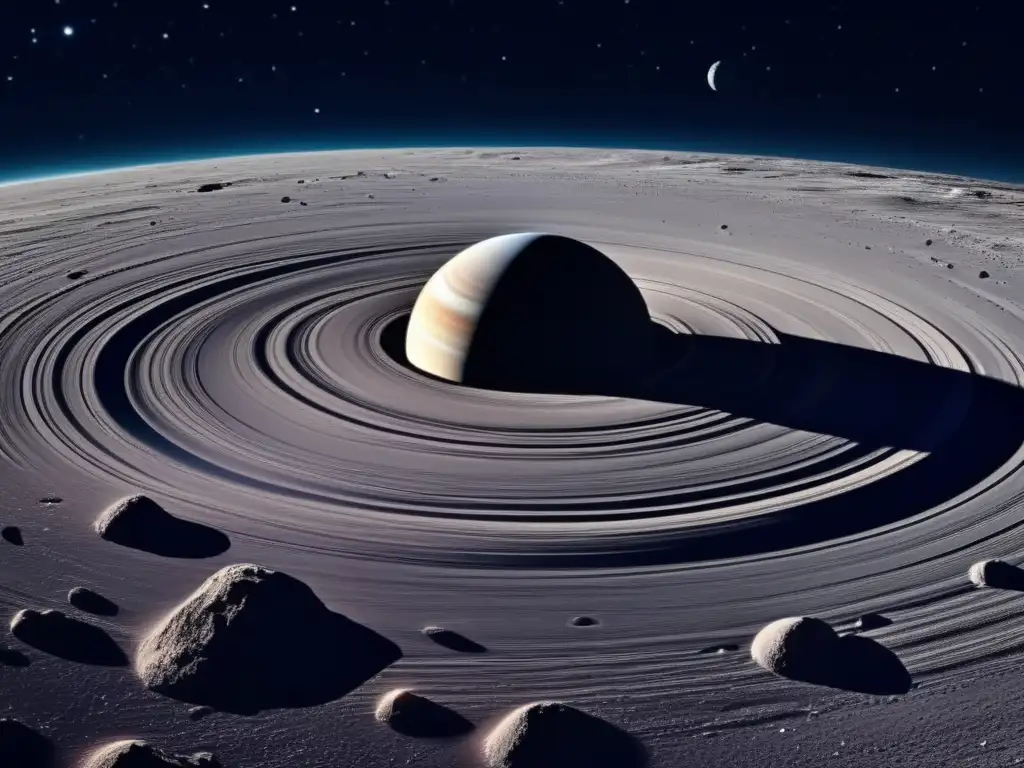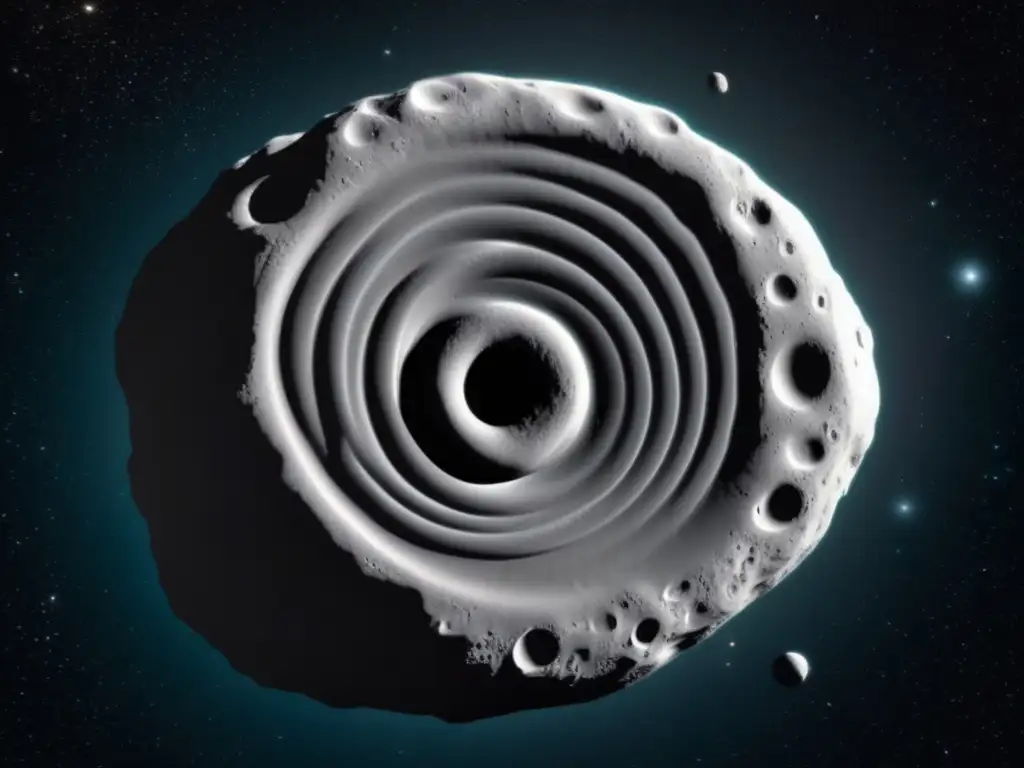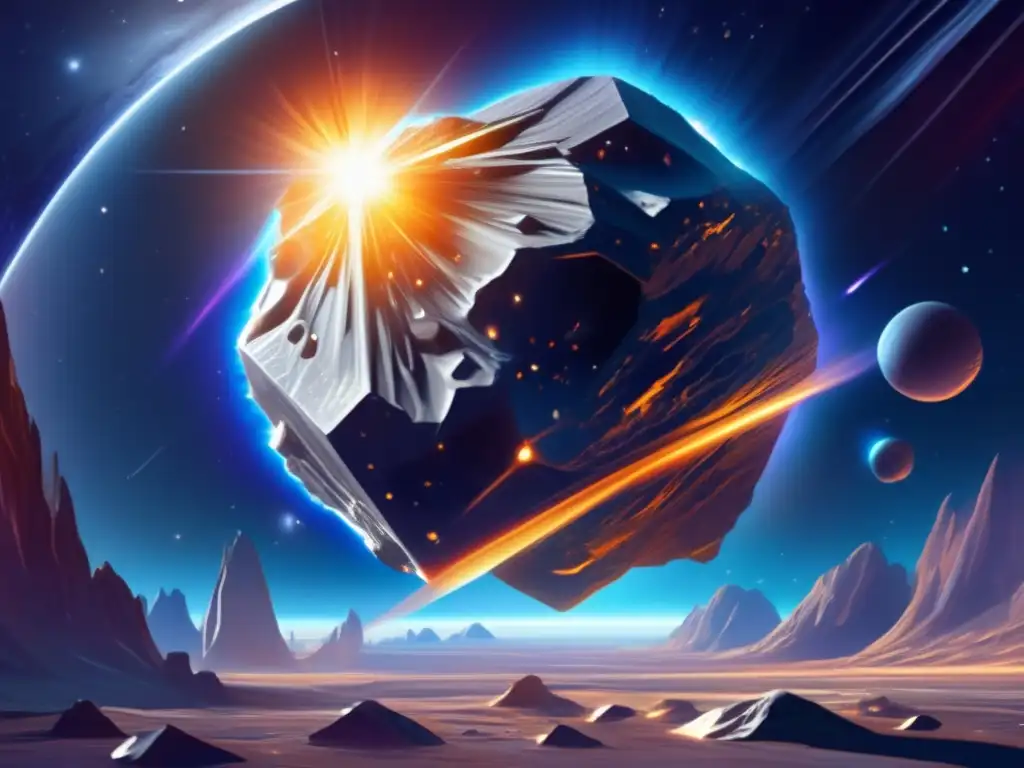Chariklo: The Asteroid With Rings – An Analysis

Introduction
Asteroids are fascinating celestial objects that have been the focus of study and exploration for many years. They provide us with valuable information about the formation and evolution of the Solar System. One particular asteroid that has been of great interest to astronomers is Chariklo, which is known for having rings around it. In this article, we will analyze Chariklo in detail and explore what makes it unique among asteroids.
Chariklo's Discovery and Characteristics

Discovery
Chariklo was discovered on February 15, 1997, by a team of astronomers led by James Elliot at the Keck Observatory in Hawaii. It was named after a water nymph in Greek mythology and is classified as a centaur, which is a type of asteroid that orbits between Jupiter and Neptune.
Physical Characteristics
Chariklo has a diameter of about 258 kilometers and is composed mainly of rock and ice. It has a reddish color and rotates once every 63 hours. What sets Chariklo apart from other asteroids is that it has two narrow, dense rings around it, making it the first asteroid ever discovered with rings.
The Rings
The rings around Chariklo are very unusual, as they are made up of ice particles rather than dust or rock like the rings of Saturn. The inner ring is about 7 kilometers wide, while the outer ring is about 3 kilometers wide. The brightest part of the rings is located about halfway between the two edges of the inner ring.
Chariklo's Orbit and Exploration

Orbit
Chariklo orbits the Sun at an average distance of 13 astronomical units (AU), which is equivalent to the distance between the Earth and the Sun. Its orbit is highly elliptical, with a perihelion (closest approach to the Sun) of 12 AU and an aphelion (farthest distance from the Sun) of 17 AU. It takes about 62 years for Chariklo to complete one orbit around the Sun.
Exploration
Chariklo has not been visited by any spacecraft yet, but it has been studied extensively using ground-based telescopes and the Hubble Space Telescope. In 2014, astronomers were able to use Chariklo's rings to learn more about its composition. By observing the way the rings blocked the light from background stars, they were able to determine that Chariklo's interior is likely made up of a mix of rock and ice.
Chariklo's Significance and Future Study

Scientific Significance
Chariklo's rings have provided scientists with valuable information about the formation and evolution of the Solar System. The fact that Chariklo has rings suggests that other asteroids may also have rings, which could help us better understand how these objects form and evolve over time.
Future Study
Chariklo is expected to be the target of future missions that aim to explore and study centaurs and other distant objects in the Solar System. In particular, the European Space Agency's Comet Interceptor mission, set to launch in 2028, will study Chariklo and other objects in the outer Solar System.
Frequently Asked Questions

-
What is Chariklo?
Chariklo is a centaur, which is a type of asteroid that orbits between Jupiter and Neptune. It is unique because it has two rings around it.
-
How were Chariklo's rings discovered?
Chariklo's rings were discovered in 2013 when it passed in front of a star, causing the star's light to briefly dim. Scientists observed this dimming using telescopes on the ground and in space.
-
What are Chariklo's rings made of?
Chariklo's rings are made up of ice particles rather than dust or rock like the rings of Saturn.
-
Has Chariklo been visited by any spacecraft?
No, Chariklo has not been visited by any spacecraft yet.
-
What is the significance of Chariklo's rings?
Chariklo's rings have provided scientists with valuable information about the formation and evolution of the Solar System. They suggest that other asteroids may also have rings, which could help us better understand how these objects form and evolve over time.
Conclusion
Chariklo is a unique and fascinating asteroid that has piqued the interest of astronomers since its discovery in 1997. Its rings have provided us with valuable information about the formation and evolution of the Solar System, and future missions aim to learn even more about this distant object. As we continue to explore and study asteroids like Chariklo, we will gain a better understanding of our place in the universe.
Thank you for reading this article on Asteroid Realm. We hope that you found it informative and engaging. Please feel free to share your thoughts and opinions in the comments section, and don't forget to subscribe to our website for more exciting content about asteroids and other celestial objects.
Additional Resources

- NASA's Cassini Mission to Saturn: Chariklo
- Space.com: Asteroid Chariklo's Rings Explained (Infographic)
- Science Direct: The size, shape, density and ring of the dwarf planet Haumea from a stellar occultation
 The Metallic World Of Asteroid Psyche
The Metallic World Of Asteroid Psyche The Peculiar Case Of Asteroid Phaethon
The Peculiar Case Of Asteroid Phaethon Exploring The Asteroid Thule: From Myth To Space
Exploring The Asteroid Thule: From Myth To SpaceIf you want to discover more articles similar to Chariklo: The Asteroid With Rings – An Analysis, you can visit the Asteroid Profiles category.
Leave a Reply

Articulos relacionados: